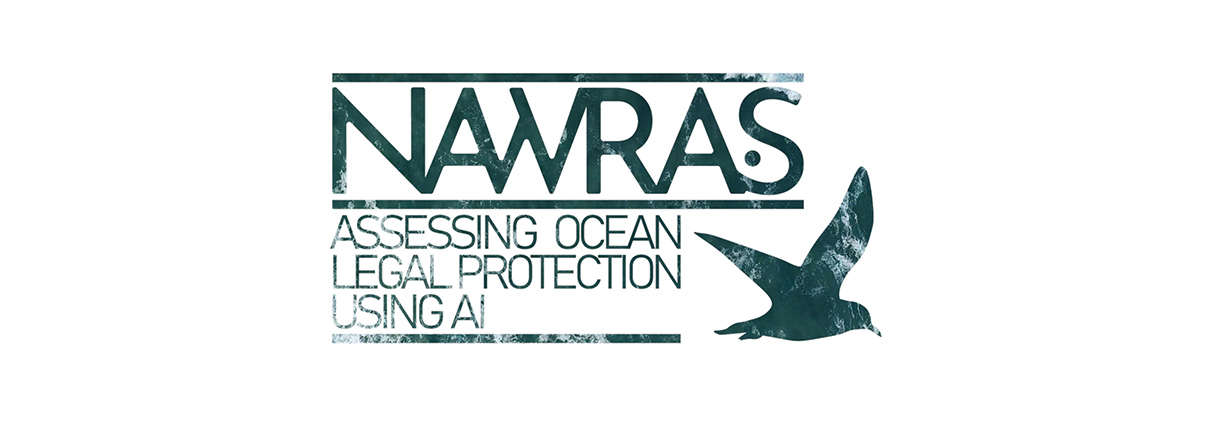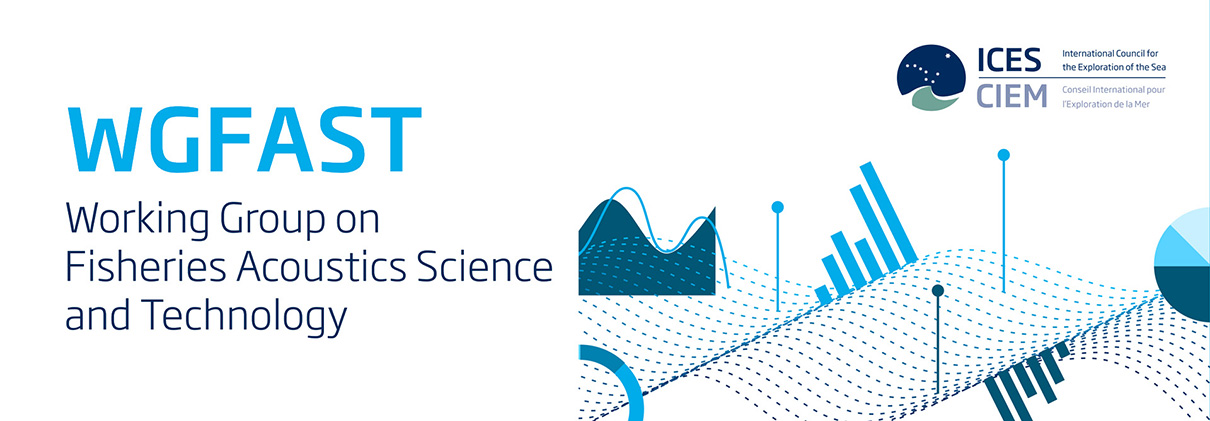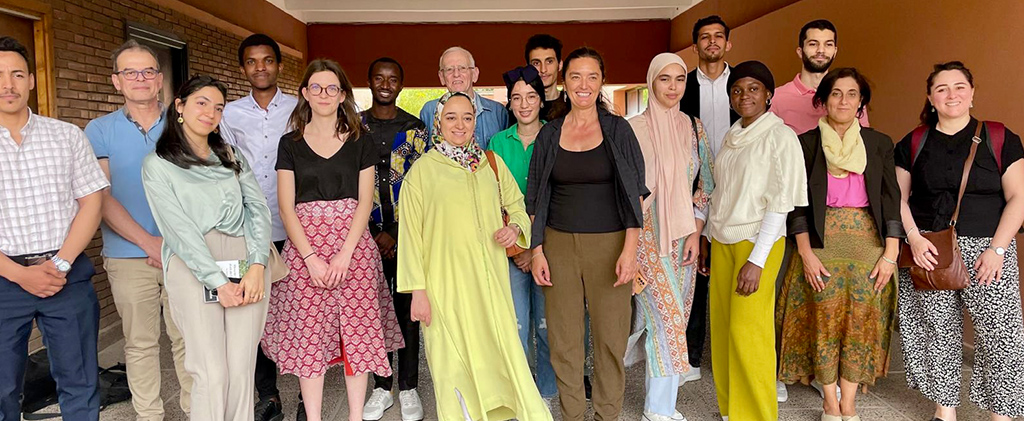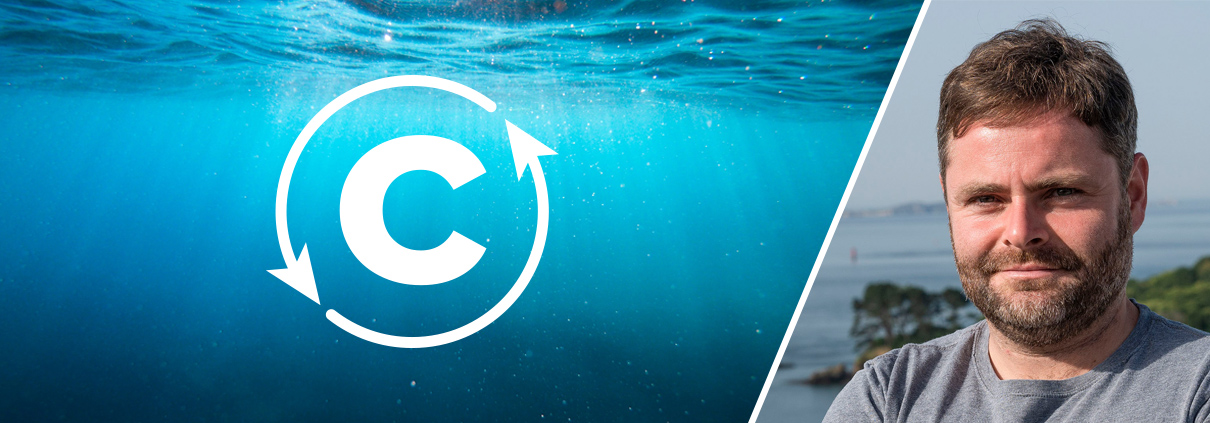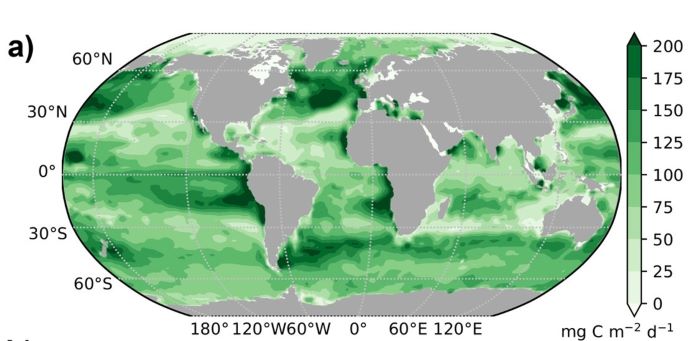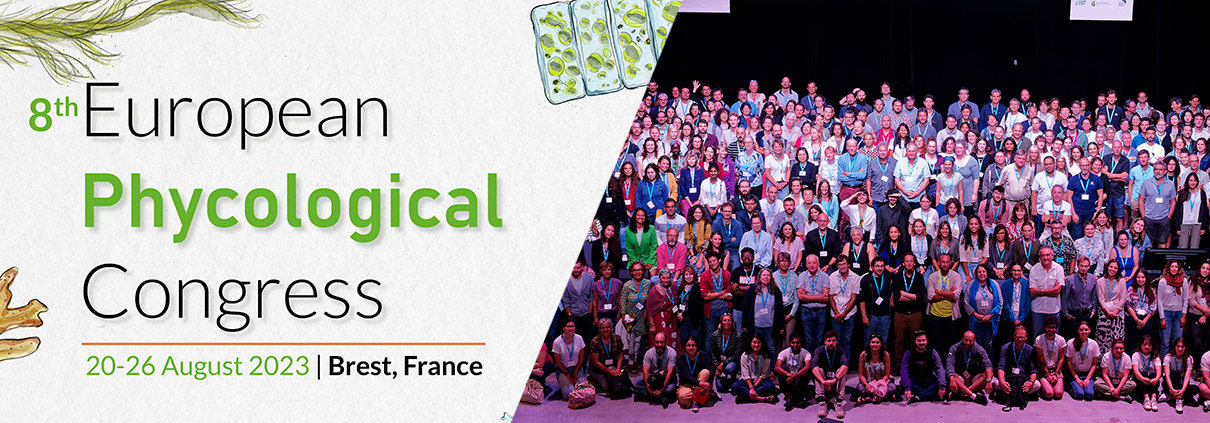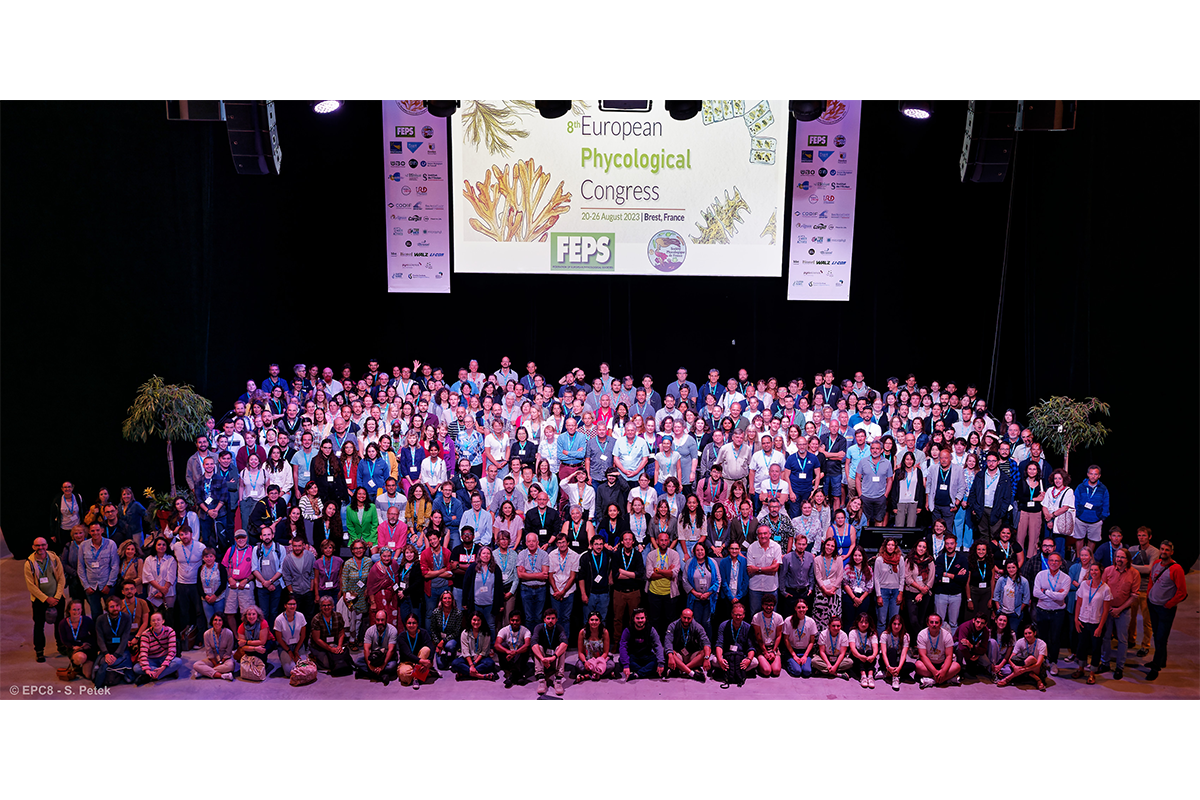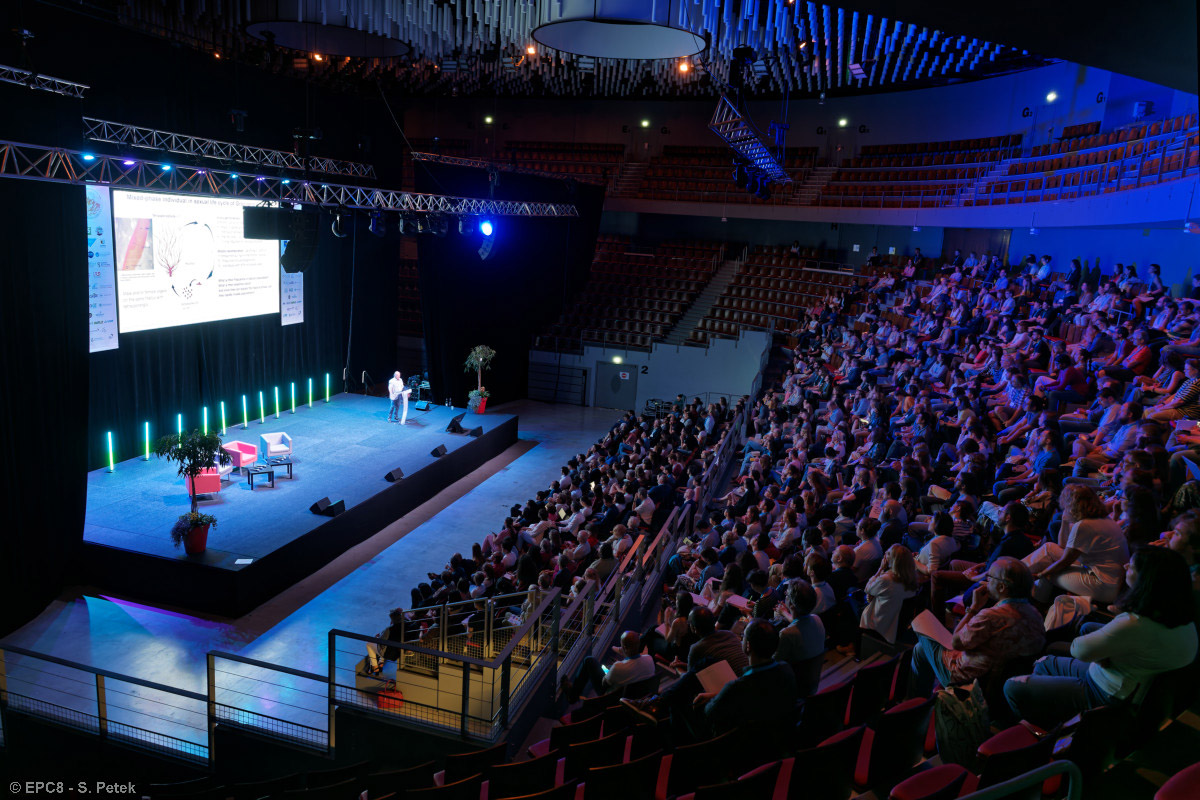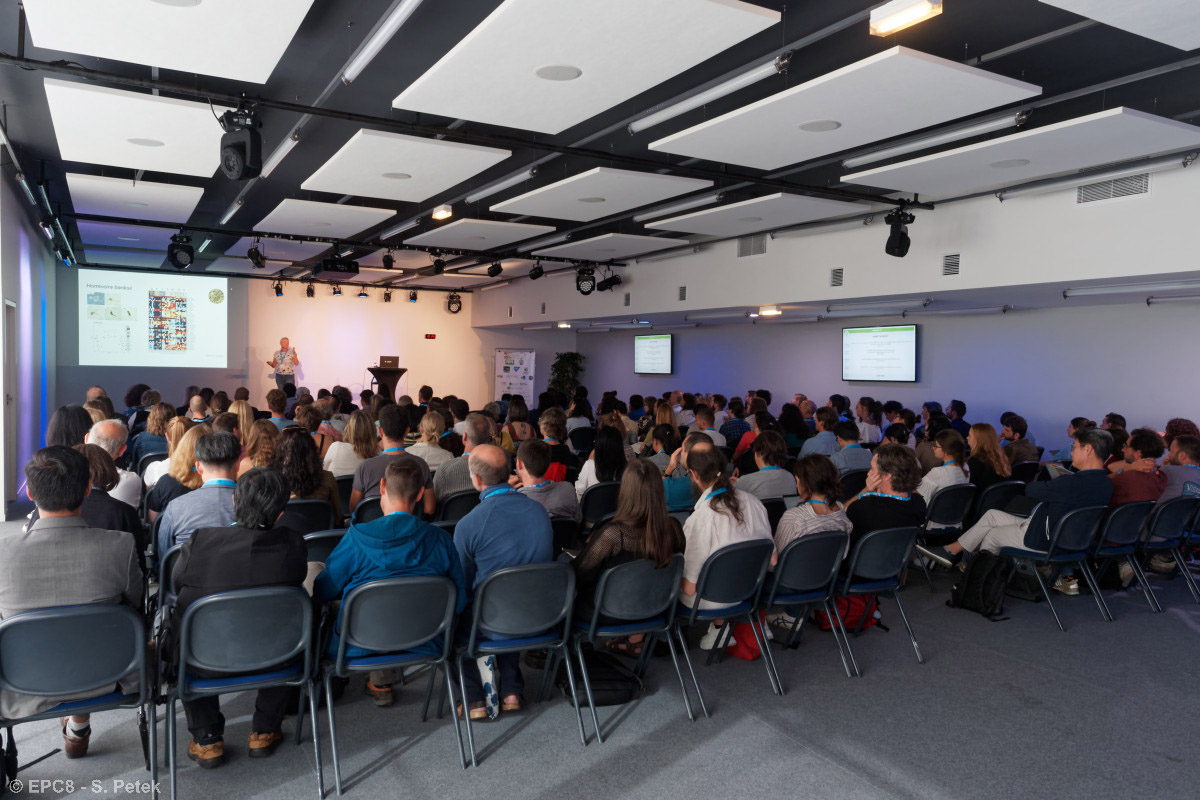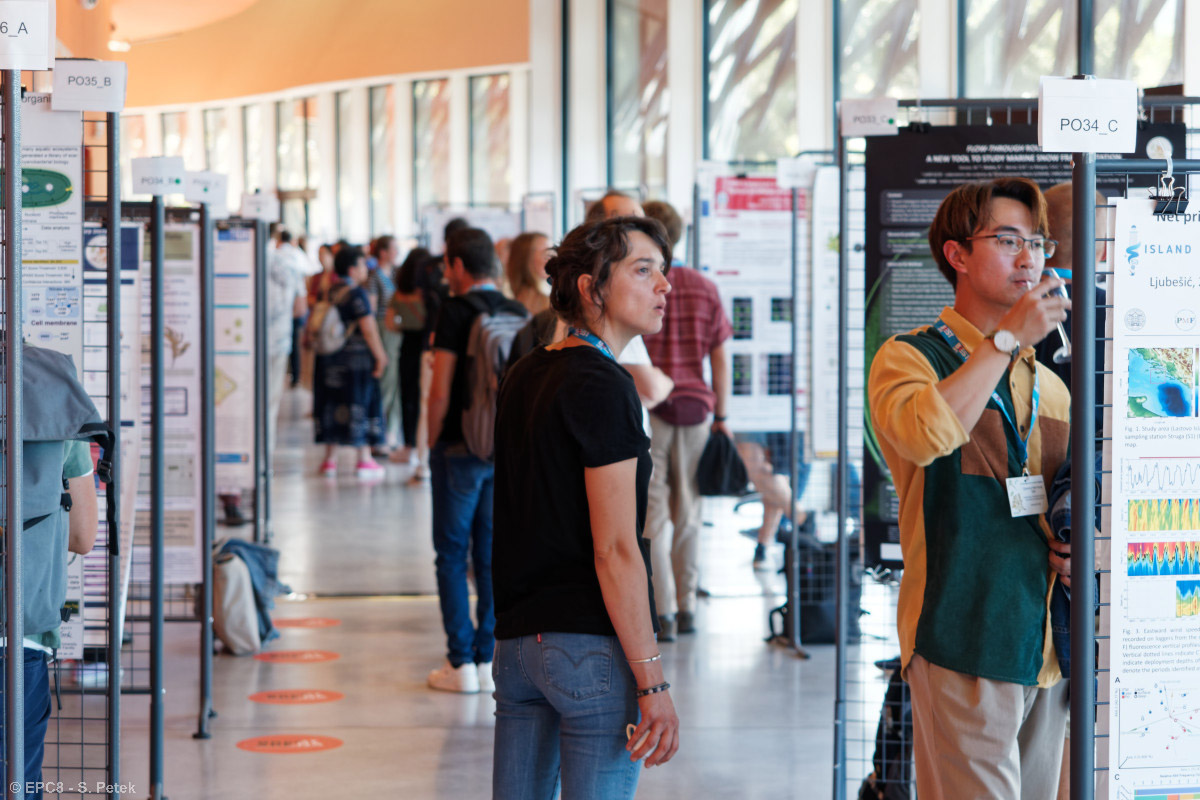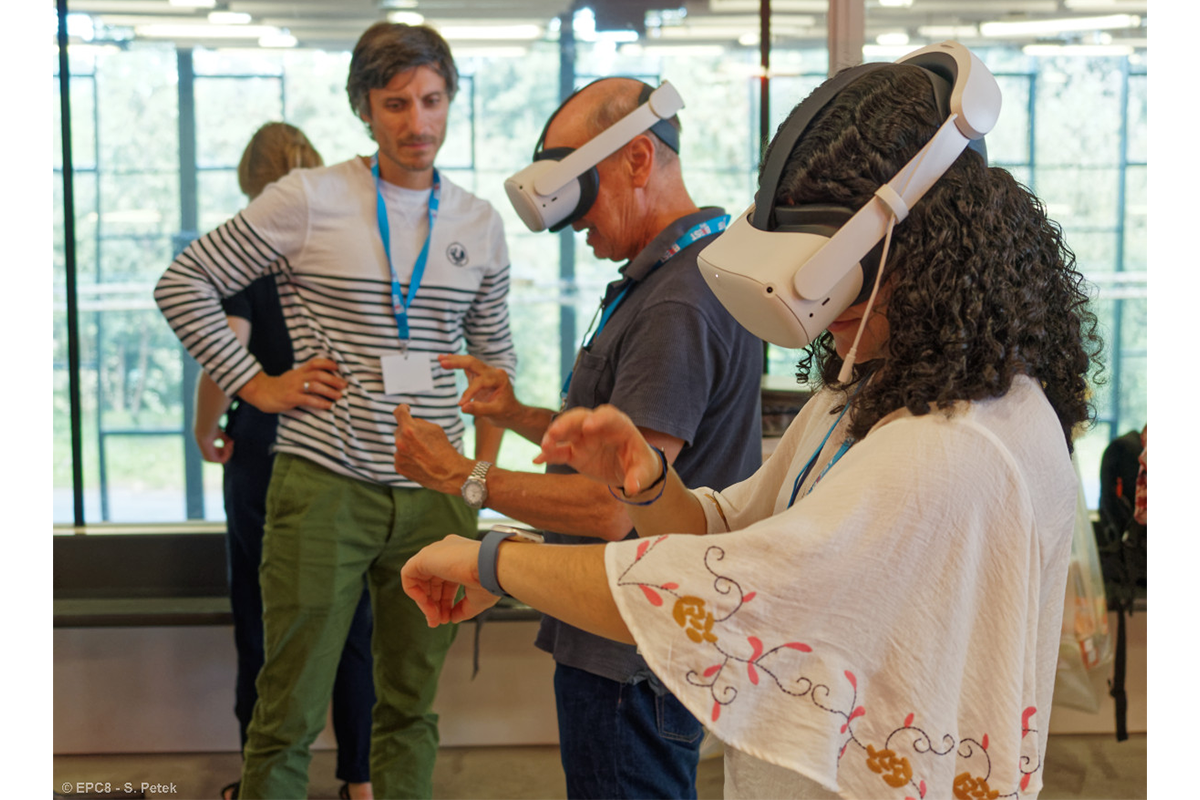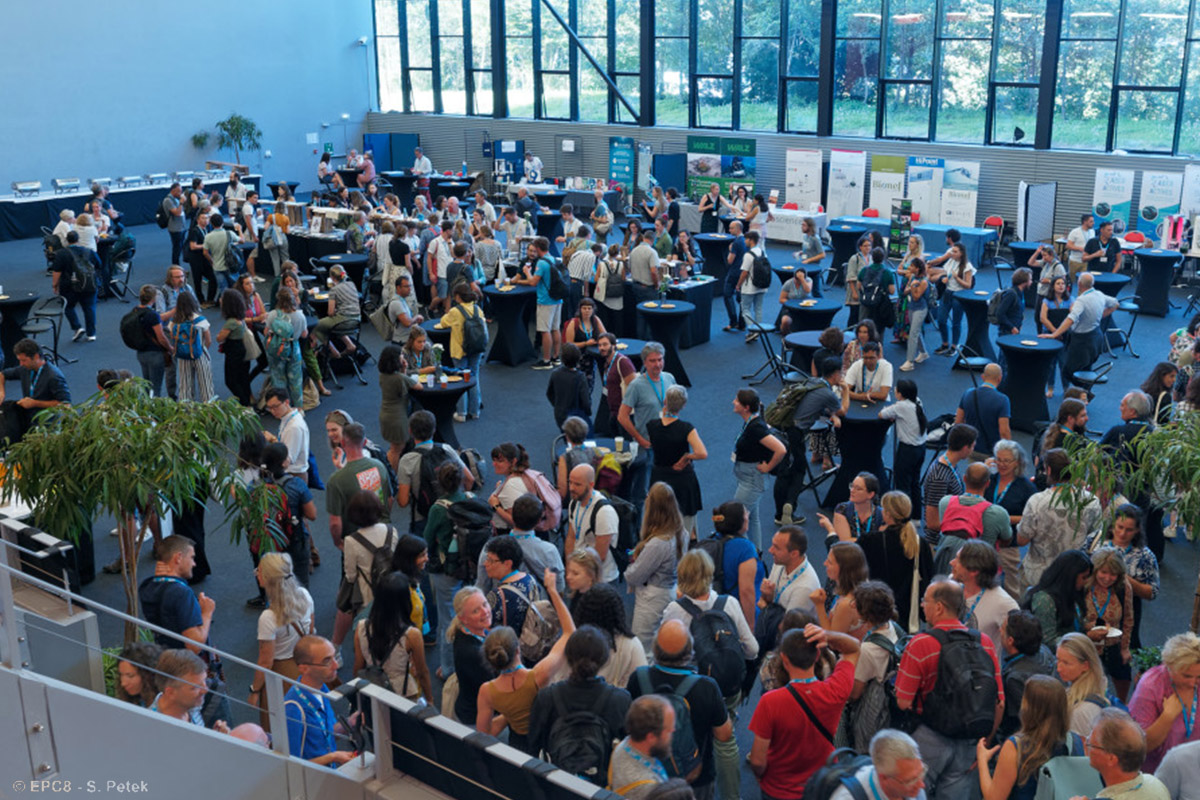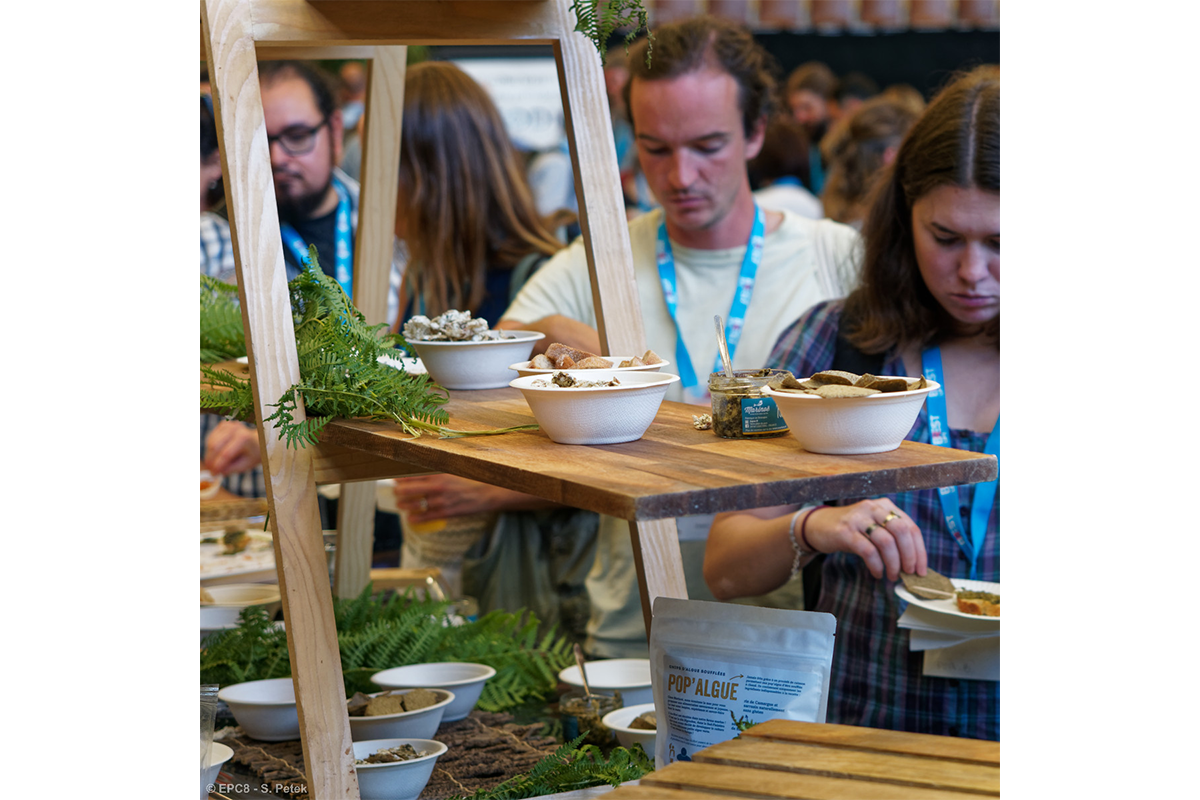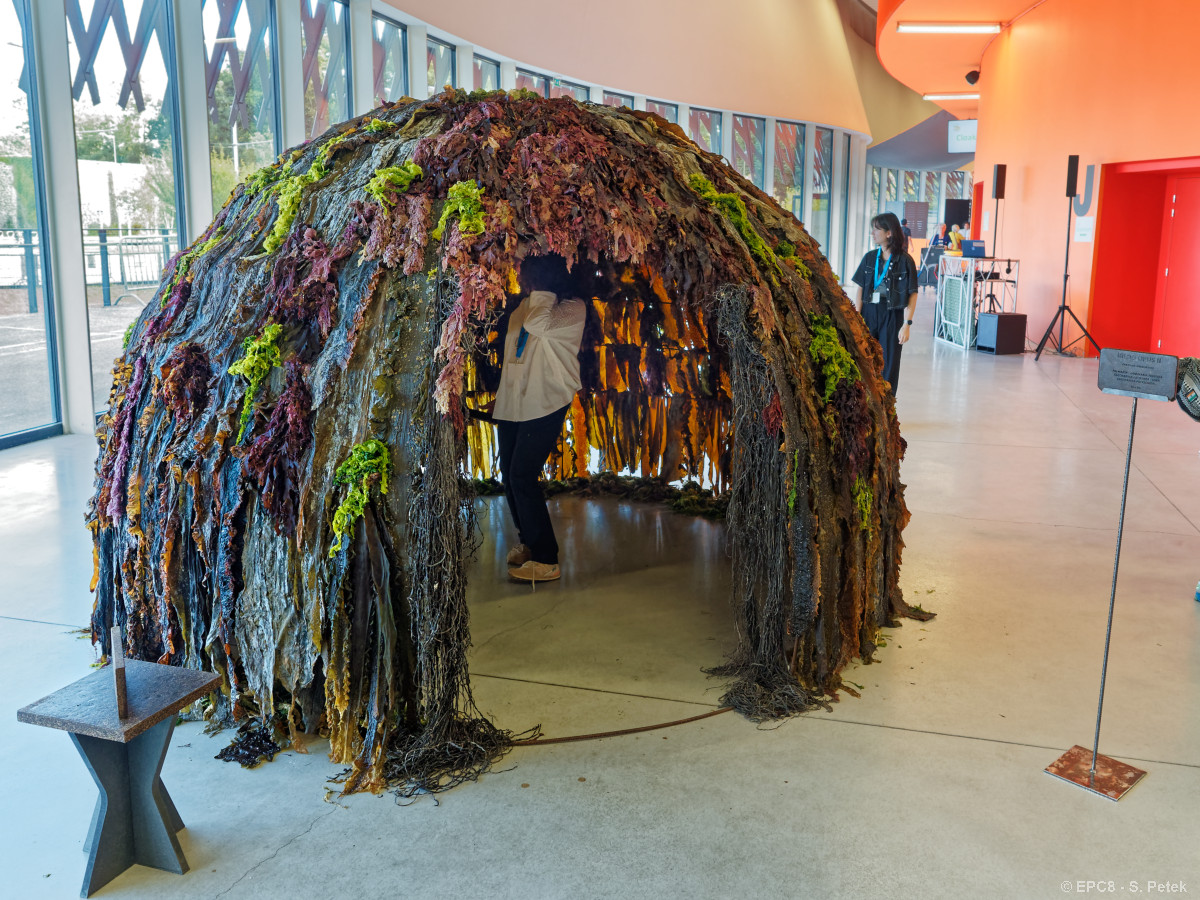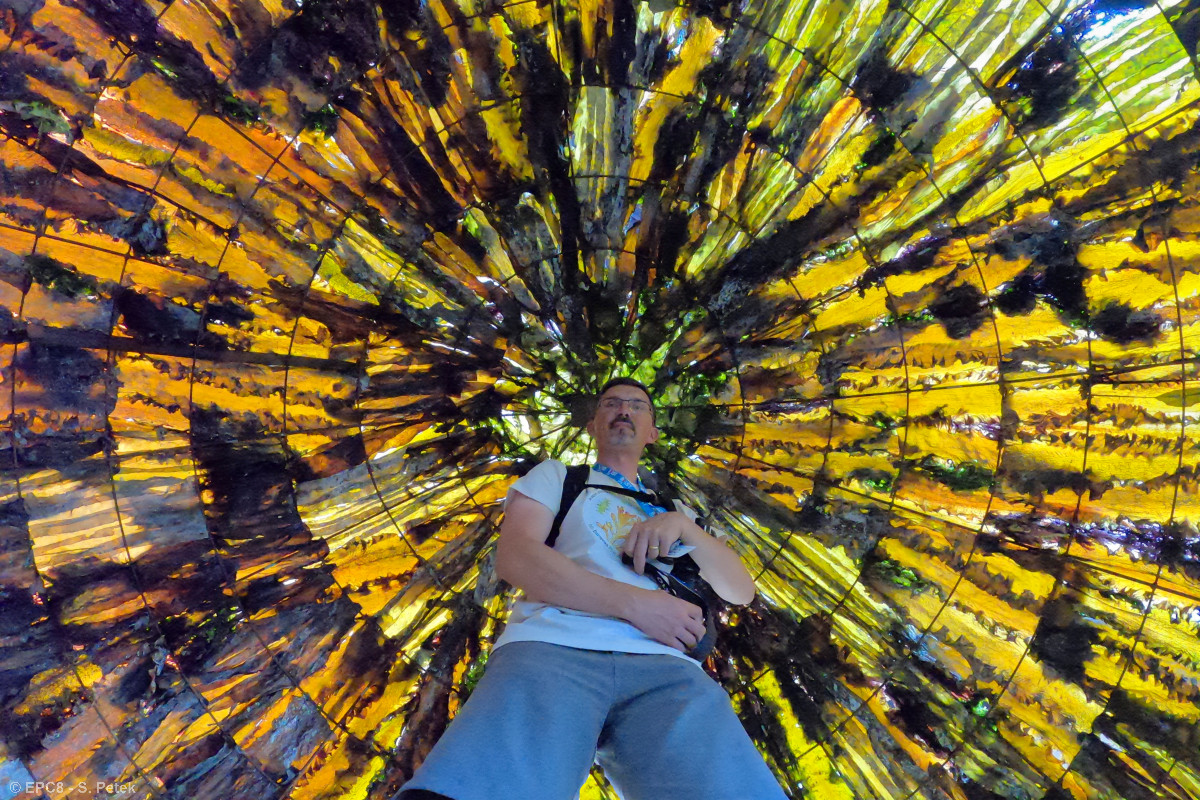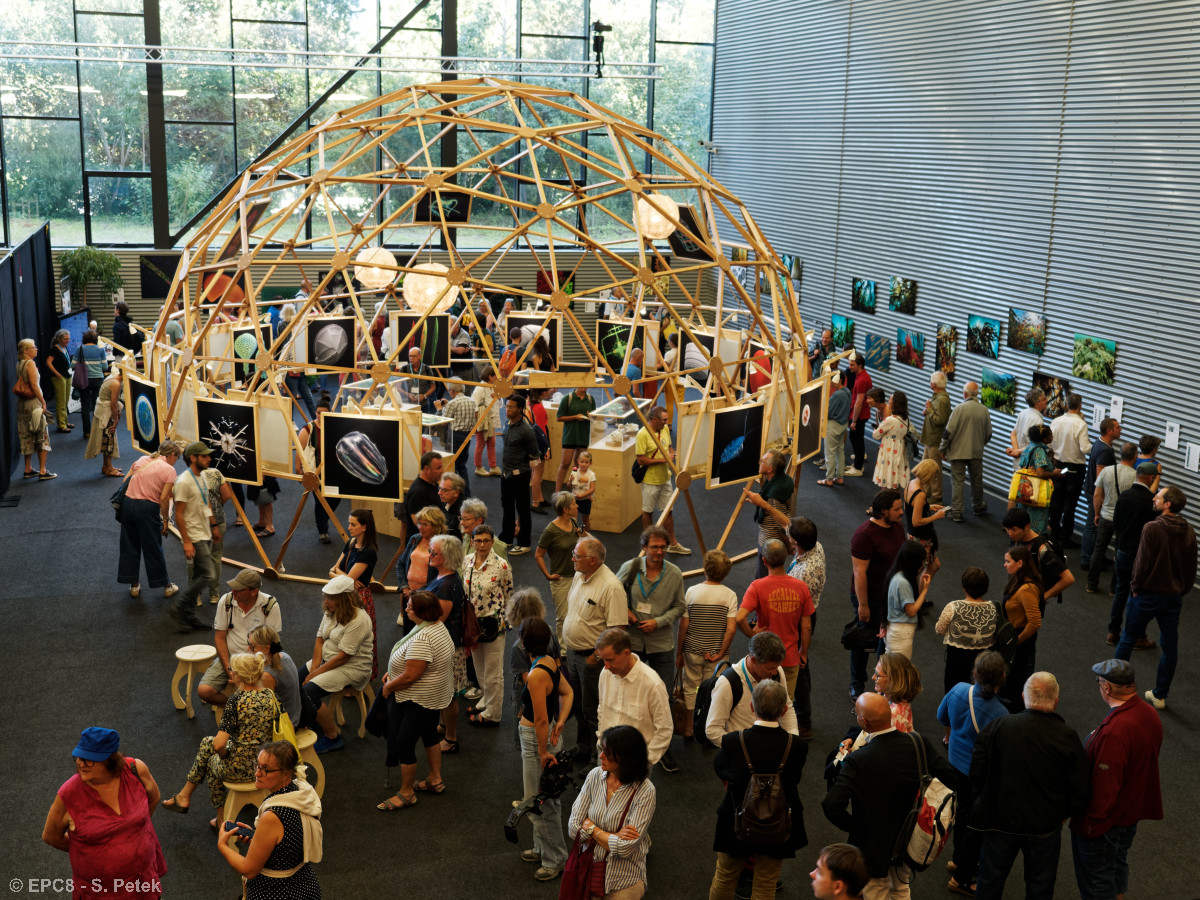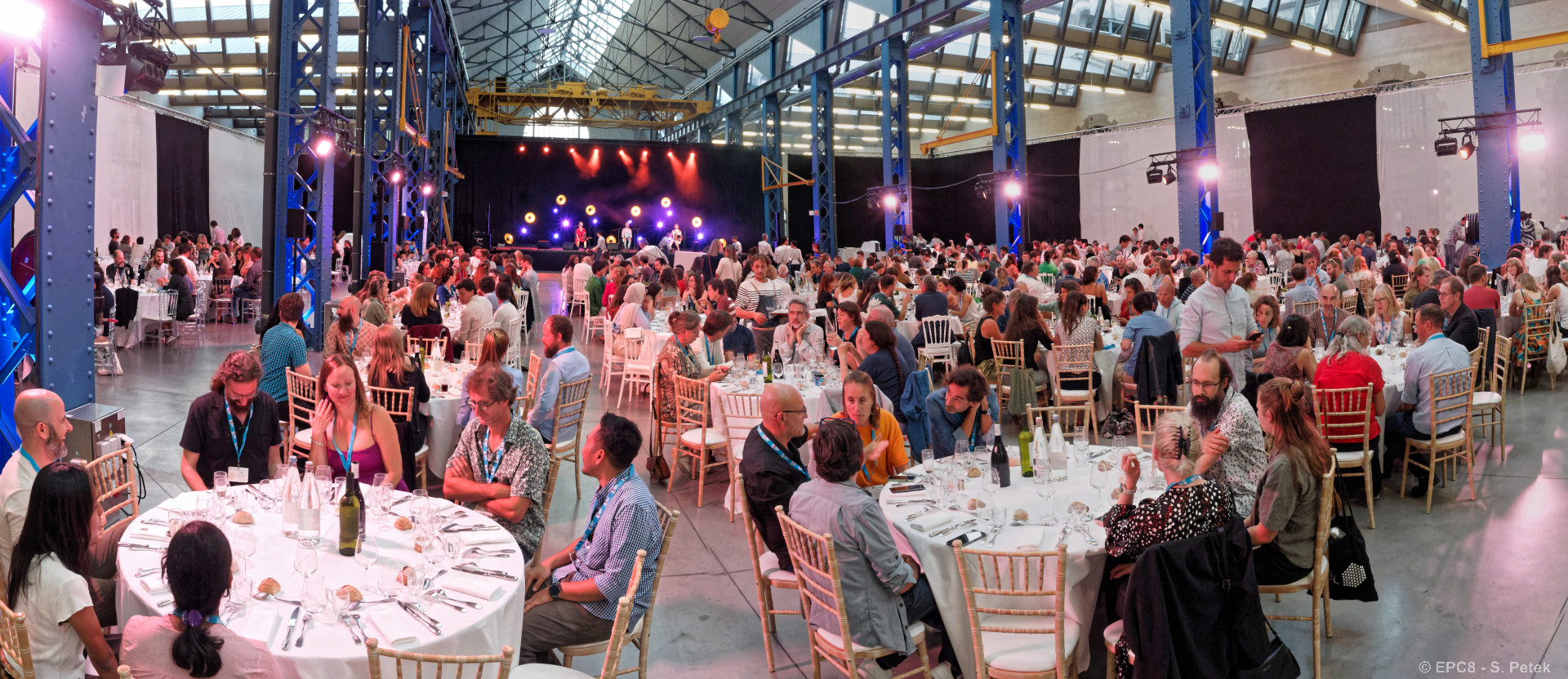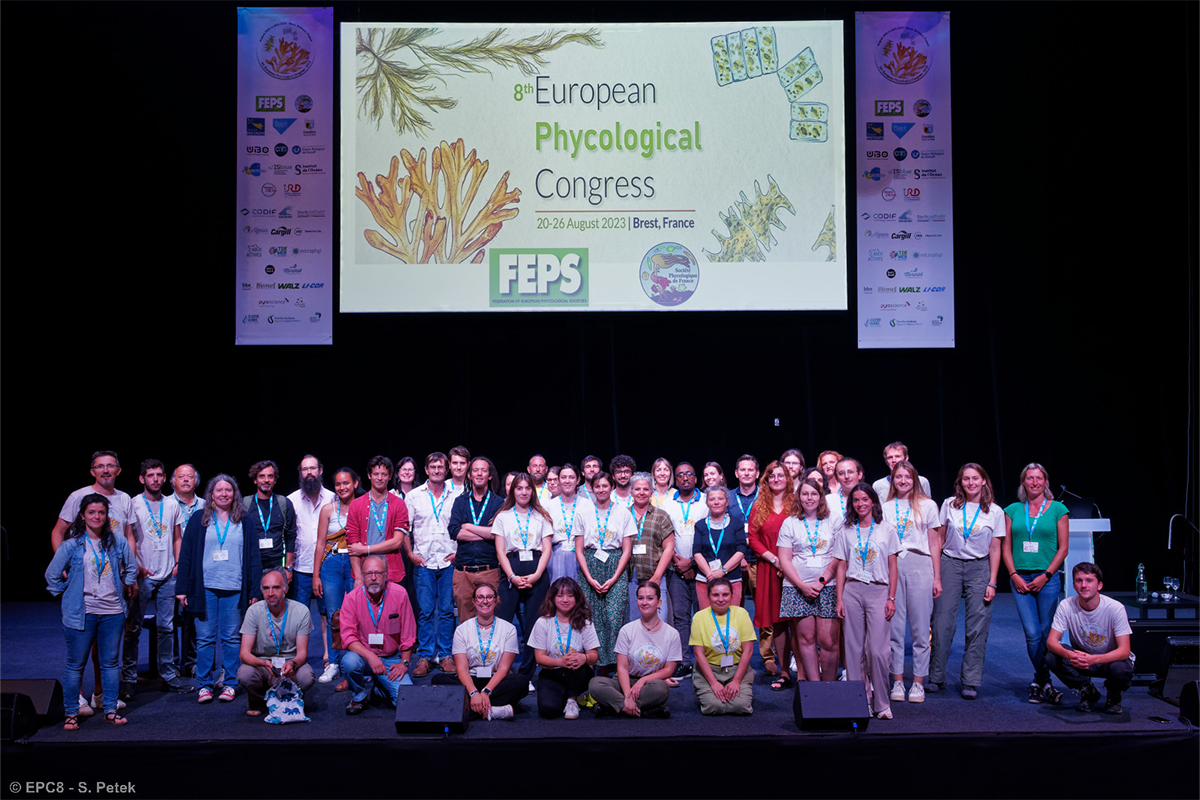You are here: Home1 / News
https://www-iuem.univ-brest.fr/lemar/wp-content/uploads/2024/01/nawras-presentation-main.jpg
421
1210
Sebastien Herve
https://www-iuem.univ-brest.fr/lemar/wp-content/uploads/2018/10/logo-lemar-big.png
Sebastien Herve2024-04-03 16:20:462024-04-03 16:20:48Do you NAWRAS ?
https://www-iuem.univ-brest.fr/lemar/wp-content/uploads/2024/04/WGFAST-main.jpg
421
1210
Sebastien Herve
https://www-iuem.univ-brest.fr/lemar/wp-content/uploads/2018/10/logo-lemar-big.png
Sebastien Herve2024-04-03 15:44:422024-04-03 16:32:37Upcoming event: WGFAST Conference, from April 9 to 12 at IUEM
https://www-iuem.univ-brest.fr/lemar/wp-content/uploads/2024/03/Nawras-seminaire2024-main.jpg
421
1024
Sebastien Herve
https://www-iuem.univ-brest.fr/lemar/wp-content/uploads/2018/10/logo-lemar-big.png
Sebastien Herve2024-04-03 15:41:042024-04-03 15:41:04NAWRAS Project: Workshop on Developing Legal Indicators
https://www-iuem.univ-brest.fr/lemar/wp-content/uploads/2023/12/stockage-carbone-nature-main.jpg
423
1210
Sebastien Herve
https://www-iuem.univ-brest.fr/lemar/wp-content/uploads/2018/10/logo-lemar-big.png
Sebastien Herve2023-12-08 10:53:552023-12-08 10:53:55The ocean may be storing more carbon than estimated in previous studies
https://www-iuem.univ-brest.fr/lemar/wp-content/uploads/2023/09/EPC2023-Main.jpg
423
1210
sherve@univ-brest.fr
https://www-iuem.univ-brest.fr/lemar/wp-content/uploads/2018/10/logo-lemar-big.png
sherve@univ-brest.fr2023-12-03 13:36:232023-12-03 13:40:35A look back at the EPC conference in Brest
Scroll to top

